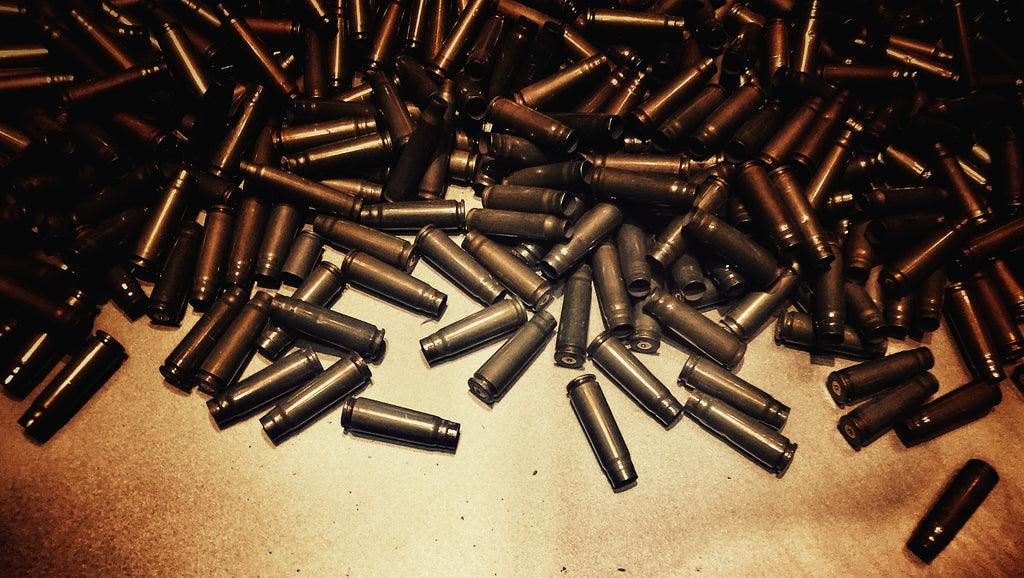first, PMC would be one of the the last headstamps i would try , plinkers only ( i have found the most off centered flash holes in PMC brass ) ... FWIW im probably at 20k reloaded 223
range brass can be good , if you put the time in ,, sort it , sort at primer swage, then sort mil' commercial, then sort at trim, then sort headstamp , then at at initial sizing, sort with case gauge ,you can even sort at annealing ( anneal in batches after sorted , due to neck thicknesses )
i think you can have really good luck with LC as long as you stay within the same year
next time you get large buckets of brass, sort the same way. So, when one of these sort piles will fill a box , load them up or sell em as same headstamp
next question , not too many great shooting AR's out there , to 500 .. is yours tight ... the good thing about AR's that just shoot EHHH is there's 28 more behind em
IMO your kinda asking a lot out of an AR a , they'll do it but i think if you get a bolt action 223 you'll find easier success , something like a mossberg MVP patrol model that'll accept your AR / M4 magazines

